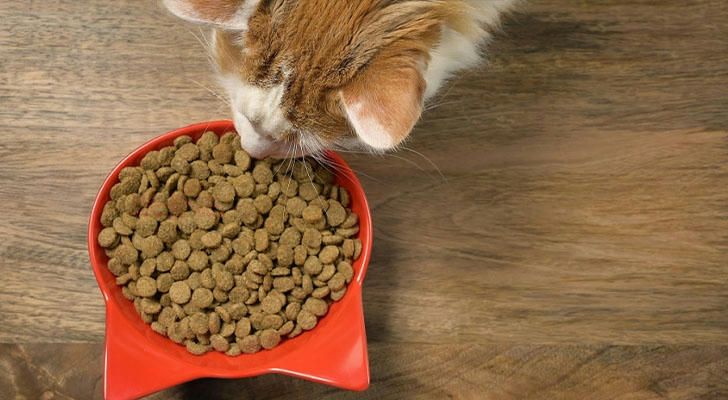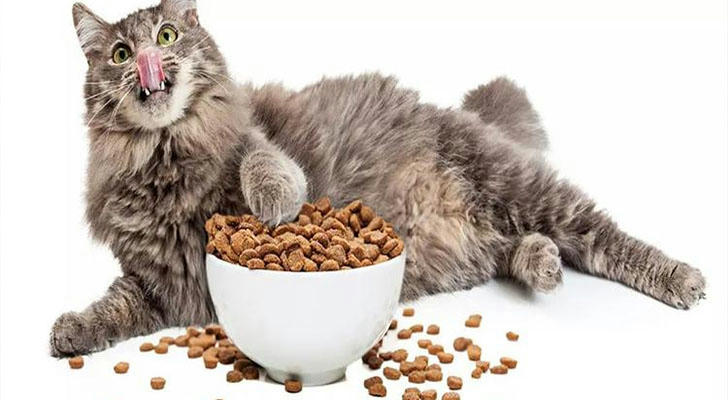How to choose suitable cat food?
Selecting the right cat food is one of the most crucial decisions a cat owner can make. A well-balanced diet is essential for maintaining your feline friend's health, supporting their growth, and enhancing their overall well-being. With an overwhelming variety of options available on the market, including dry kibble, wet food, grain-free formulas, and specialized diets, the task can quickly become daunting. Moreover, different life stages—from kittenhood to adulthood and senior years—demand different nutritional needs. Understanding these needs and knowing how to read ingredient labels and nutritional information is vital in making an informed choice.

How do I choose the right cat food for my cat's age?
Choosing the right cat food for your cat's age is crucial for ensuring their health and nutrition. Cats of different ages have distinct growth and nutritional needs. Below is a guide to help you select the appropriate cat food based on your cat's age and requirements:
1. Kittens (0-1 Year)
Nutritional Needs: Kittens are in a rapid growth phase, requiring higher levels of protein and energy. The cat food for this stage should be rich in high-quality animal protein, with appropriate fat content to support healthy growth.
Recommendations:
Choose cat food labeled "kitten" or "growth."
Check the ingredient list to ensure that meat (such as chicken or fish) is the main ingredient.
Include essential vitamins and minerals, like calcium and phosphorus, to support bone development.
2. Adult Cats (1-7 Years)
Nutritional Needs: Adult cats have stable metabolism and activity levels. They require less protein and energy but still need to maintain a healthy weight and overall health.
Recommendations:
Choose cat food labeled "adult."
Pay attention to the ratio of fat and carbohydrates to avoid excessive calories that can lead to obesity.
Consider low-carbohydrate options to help maintain weight.
3. Senior Cats (7 Years and Older)
Nutritional Needs: Senior cats have a slower metabolism and may require lower-calorie, easy-to-digest food. Attention should also be paid to joint health and other aging-related issues.
Recommendations:
Choose cat food labeled "senior" or "weight maintenance."
Ensure the food contains joint health ingredients, such as glucosamine and chondroitin.
Consider wet food to help increase water intake, especially if the cat has kidney issues.

Dry Cat Food vs. Wet Cat Food: Which is Best for My Cat?
When it comes to feeding your feline friend, one of the most common dilemmas pet owners face is choosing between dry cat food (kibble) and wet cat food (canned). Both options have their benefits and drawbacks, and the best choice often depends on your cat's individual needs, preferences, and health status.
1. Nutritional Content
Dry Cat Food
Composition: Dry cat food typically contains around 90% dry matter, with a lower moisture content (about 10%). It usually has a higher carbohydrate content and is often more calorie-dense.
Nutrients: Kibble often provides a balanced mix of proteins, fats, vitamins, and minerals, but the carbohydrate content can be higher than in wet food.
Wet Cat Food
Composition: Wet cat food contains about 75-80% moisture, making it a more hydrating option. It usually has a higher protein content and is often lower in carbohydrates.
Nutrients: Canned food tends to be more palatable for many cats and can contain more animal-based protein, which is essential for their health.
2. Hydration
Dry Cat Food: Since it has low moisture content, dry food does not contribute significantly to your cat's hydration. Cats that primarily eat dry food may not drink enough water, which can lead to urinary tract issues.
Wet Cat Food: The high moisture content in wet food can help keep your cat hydrated. This is especially beneficial for cats prone to urinary problems or those who don’t drink enough water.
3. Dental Health
Dry Cat Food: Kibble can help reduce plaque buildup on your cat's teeth, promoting better dental health through the mechanical action of chewing.
Wet Cat Food: While wet food is less effective for dental health, it can be beneficial for cats with dental issues or those who may struggle to chew harder kibble.
4. Palatability and Preference
Dry Cat Food: Kibble is convenient and easy to store. Some cats prefer the crunchiness of dry food, making it a suitable choice for those that enjoy chewing.
Wet Cat Food: Many cats find wet food more appealing due to its aroma and texture. If your cat is a picky eater, wet food might be a better option to entice them.
5. Cost and Convenience
Dry Cat Food: Generally, dry food is more cost-effective and has a longer shelf life once opened. It’s easier to measure and can be left out for free-feeding.
Wet Cat Food: Canned food can be more expensive and usually has a shorter shelf life once opened. It may require more frequent feeding, depending on your cat’s preferences.
6. Special Considerations
Age and Health: Consider your cat's age and health status. Kittens may benefit from the higher calorie content found in certain wet foods, while senior cats might require softer food for easier consumption. Consult your veterinarian if your cat has specific health issues, as they may recommend a particular diet.
Weight Management: If your cat needs to lose weight, a combination of both dry and wet food might be beneficial. Wet food can help control calorie intake while providing hydration.
Conclusion
Selecting the appropriate cat food is crucial for your feline friend’s overall health and well-being. As you navigate the myriad of options available, consider your cat's age, dietary needs, and personal preferences. Begin by understanding the nutritional requirements specific to your cat's life stage—whether they are a kitten, adult, or senior.
Consider the type of food that best suits your cat—dry, wet, or a combination of both—while keeping in mind hydration, dental health, and palatability. Regularly consult with your veterinarian for tailored advice, especially if your cat has specific health conditions or dietary restrictions.
